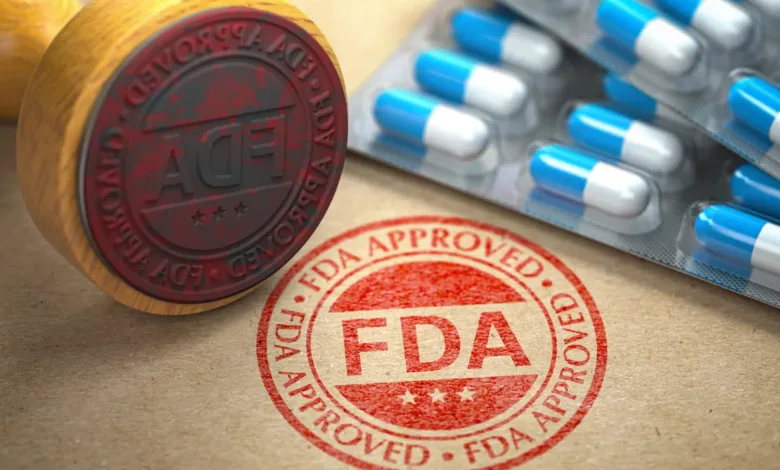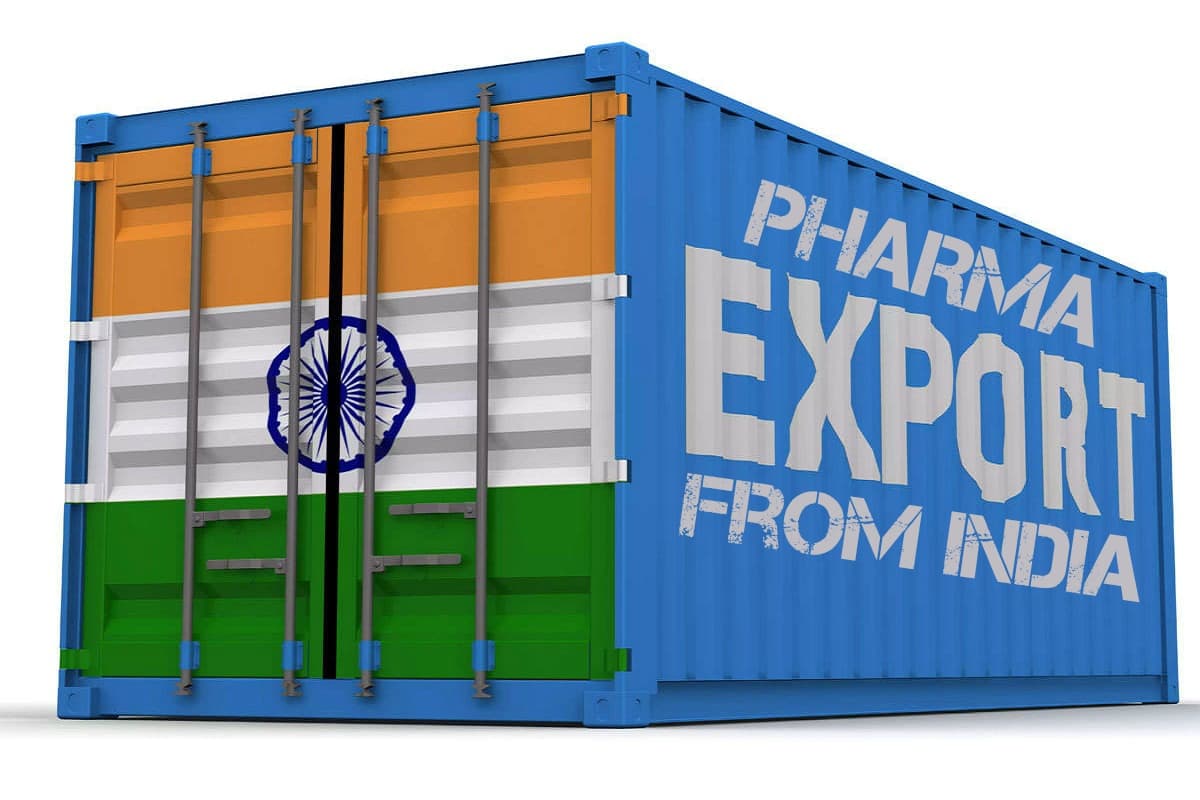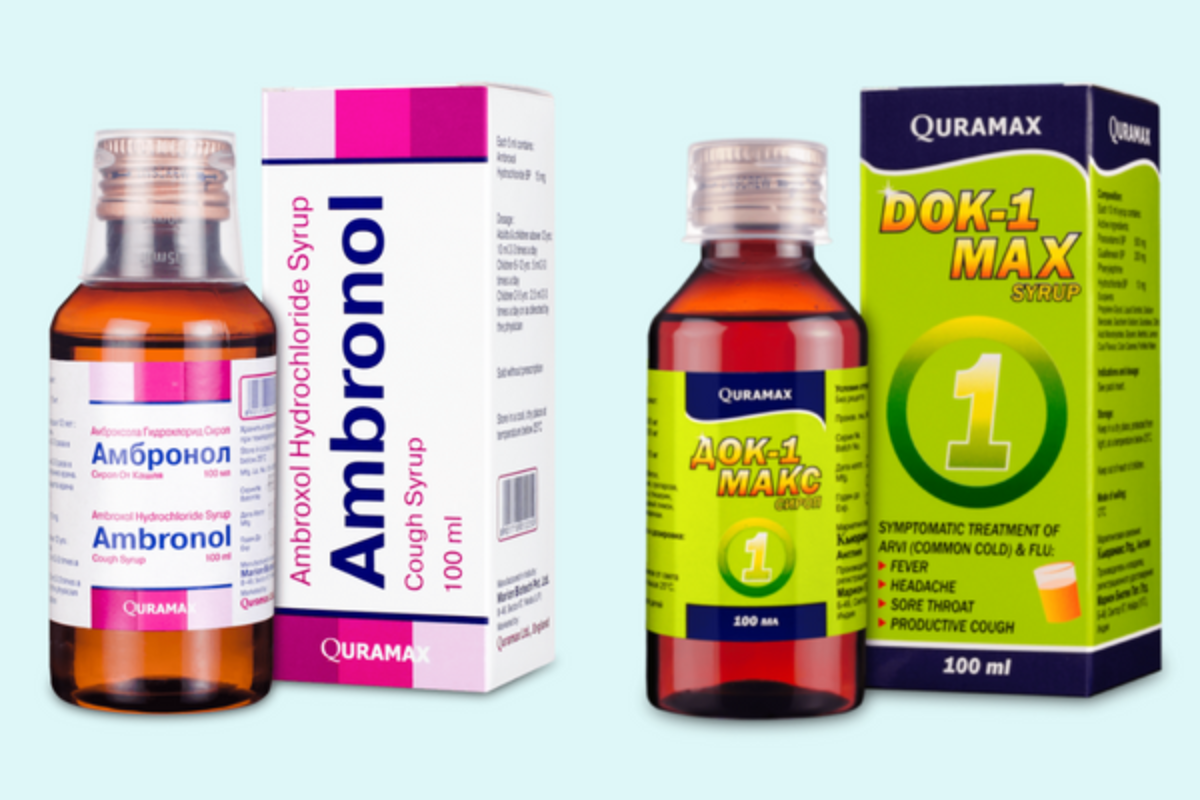GMP Crippled: Can The Indian Pharma Industry Be Trusted Anymore?
The haunting speculations of the Pharma defaults has set the healthcare sector abuzz. Here is a see through into whether the Indian Pharma Industry is truly at fault or is being pranked.

Amid several reports of untimely deaths and diseases raised due to consumption of contaminated Indian drugs, the United States Food and Drug Administration (USFDA) inspectors kept an eye on the pharma industries of India, and have leaked out some gruesome revelations.
The world’s biggest supplier of cheap medicine is facing a series of red flags from the USFDA concerning filthy conditions in production facilities, unattended customer complaints, shredded paperwork, poorly trained staff, and topping it all off, the supply of contaminated drugs to the United States.
As the restrictions imposed during the COVID-19 pandemic have died down, the officials from the federal agency of the Department of Health and Human Services are frequenting their visits to different drug makers in the Indian base, besides issuing warnings and notices to dozens of pharma factories on uncovering wide range of lapses in some of the renowned pharma firms of the country.
The 50 billion dollar worth pharma sector of India, which is the largest supplier of generic drugs to more than 200 countries across the globe including the U.S., has been scandalized with a number of pharma defaults, thanks to the privately-owned smaller pharmaceutical establishments in the nation.
This slew of extensive failure involves, but is not restricted to, the adulterated cough syrup which claimed the lives of a number of children in Uzbekistan and Gambia, and the tainted chemotherapy medications exported to the U.S.
What’s more, USFDA reported that as a consequence of the pandemic restrains observed worldwide, factory audits in some of the Indian pharma manufacturing units had been suspended for almost two consecutive years, which liberalized the working conditions, giving way to the emergence of as many glitches as possible.
Nations Wants To Know: Over-Exposed Or Under-Exposed
A crucial observation to be registered is the saddening depth of insincerity that is concealed within the Indian pharmaceutical companies.
Year 2022 registered a 74 per cent decline in the overseas inspection in contrast to the 1204 reviews held in 2019, the pre-pandemic year. Whereas, this year has witnessed a mere 245 authority visit.
Across the world, a backlog of 1000 plus foreign drug-plant audits created due to the pandemic are being seen through the U.S. officials presently, signifying that the latest blunders surfaced and reported in the Indian pharma will not be its last.

If prima facie, the external factory audits from the international regulatory bodies were not able to be conducted, citing the worldwide restrictions due to pandemic, why did the Indian regulatory bodies back out from adhering to their duties and responsibilities of carrying out timely audits to keep a check on the factories, whether small or large?
Perhaps, if at least the audits had been executed periodically whether internally or through a national regulatory body, virtually or by offline mode, was it not capable enough to ward off the incompetency’s that arose in the culpable pharma production facilities, by means of issuing suspension or strict non-compliance for deviating against the regulatory frameworks set for the pharmaceutical companies in India?
Why did the Indian pharma companies had to kick their heels for the USFDA to turn up and document a string of deadly manufacturing mishaps?
Did the authorities forget that the main aim of pharmaceutical companies is to cure a person from their disease and not harm them, and rack their brains on the number of exports India makes in the pharma sector is not to ultimately shine out of the pack but to nurture a healthy planet?
A Whack-A-Mole Play

Public health activities have time and again come upfront raising their voices against the dozens of scandals taking place in the pharma sector, but to no avail. Recommendations for stringent regulations and re-evaluation of supply chains on a global basis has been echoing all over the market, but who wants to hear.
Is the Indian Pharma really on doldrums or is it being sabotaged for a wider reason?
The eye-opening revelations that have come to picture is terribly horrifying and dismaying on part of the Indian agencies, and is a wake up call for the country to act while the time is still at hand.
COVID-19 has already seen a deadly number of deaths, the last two years have been nothing more than funeral grounds for all the countries. Would the fallacies in the Indian pharma industry be the next to claim such enormous amount of lives, both of its citizens and of its dependent nations?
Indian Pharma Scandals Timeline
June 2023: Gujarat based Indiana Ophthalmics, registered as a small scale manufacturer, has been warned of suspension of export license by Pharmexcil for causing trust deficit and bringing bad reputation after the island nation of Sri Lanka reported eye infections in 30 people, linked to the Indian-made eyedrop.
June 2023: Intas Pharmaceuticals Ahmedabad has been put under import alert by US inspectors, stating a cascade of failure ranging from data integrity to inadequate documentation practices and poor test methods for prevention of microbial contamination. Be that as may, around 20 products have found an exception due to a 5-year high shortage of the same drugs in the U.S. base, with the exports to be approved batch-by-batch by the federal drug regulators.

April 2023: Sun Pharma in Mohali violated 3 major regulations that comprised of manufacturing of drug against chronic angina in spite of failing dissolution results from 2021-2022; documentation failure for deviating from laboratory control mechanisms; and inadequate investigations circling around unexplained drug discrepancies. The federal agency strictly asked the Pharma firm to mandatorily seek the signatures of the USFDA officials before exporting the drug batches for at least one year. The Mohali factory contributes to 100 million dollars annual sales out of the total 150 million dollars of the U.S. business of Sun Pharma.
March 2023: FDA inspectors found that a factory outlet of Lupin Ltd. in Pithampur, allegedly investigated only 48 reports out of the 1759 breakdown notifications, cumulated between a period of January 2019 to March 2023. However, Lupin addressed that comprehensive measures are underway to maintain the quality and compliance in all the manufacturing units.
February 2023: Chennai-based unlisted Global Pharma Healthcare Pvt. Ltd. exported eye drops and ointment to the U.S. in February. The Center for Disease Control and Prevention found out in June 2023 of the subsequent repercussions generated by the shipped products. Eyeballs of four people had to be surgically removed because of the eye drops, 14 cases were linked to vision losses, and 4 reported deaths, along side 81 drug-resistant bacterial infections. Upon inspection by the USFDA, the manufacturing plant of the ointment boasted of quality failures and sterility incompetency.
February 2023: Cipla Ltd. fell into USFDA’s microscope for failing at good documentation practices in Pithampur. Between 2020 and 2022, Cipla had received more than 3000 customer complaints from the products it shipped to U.S., yet effective corrective actions were missing on their part. What aggravated the fault even more is their document shredding with original lab records and customer complaint reports being piled up in bags of scrap. Nevertheless, Cipla proclaimed that examination of all data had been taken care of, and more strong and efficacious documentation system is being planned.
February 2023: WHO claimed that more than 300 pediatric deaths have been reported since August 2022 across Marshall Islands, Uzbekistan, Micronesia and the Gambia due to substandard Indian-made cough syrups which tragically contained toxic elements like ethylene glycol and diethylene glycol.
December 2022: Sun Pharma located in Halol faced an import alert from USFDA after failing to meet the dissolution specifications of the capsules and non-compliance to good manufacturing practices. Also, unkempt cleaning of the equipment used in the manufacturing units of drugs, as well as water leaks added to the woes, that was reportedly overlooked since 2014. Under certain conditions, the Halol unit recovered a clean chit for 14 of their products, and continues to export to other nations post January.
May 2013: Gurugram-based Ranbaxy Laboratories Ltd. pleaded guilty under Food, Drug and Cosmetics Act with a settlement of 500 million dollars for production and distribution of adulterated drugs bound for the U.S.

Claiming Or Addressing Concerns?
In 2019, USFDA had proclaimed to the U.S. Congress that out of all the nations it policed, the inspection of the drug manufacturing facilities in the Indian subcontinent was deemed to have the lowest acceptable standards of a mere 83 per cent.
Although comprehensive breakdown of the report was not provided, yet it acclaimed China to be ranking on the second lowest industry standards of 90 per cent, which was swiftly followed at 93 per cent by the U.S., and the European Union stood at 98 per cent of acceptable inspection outcomes.
Indian drug makers have been persistently on the front burner since the beginning of 2022, after USFDA had issued them with an aggregate of 9 warning letters. This could be a significant reason for the U.S. not letting in any more drugs from the Indian base.
India has only been second to Mexico in the overseas segment for the issuance of such admonishments from the USFDA. A lot of Indian pharma companies have received a big blow from the USFDA in the form of Form 483 for potential violations in regulatory policies.
Taking up actions against the cough syrup deaths caused by Indian medicines, the Indian authorities have turned down the licenses of 6 unlisted drug makers, served show-cause notices to 17 firms for violation of rules, whereas WHO directly extended a ban on 4 India-made cough and cold syrups over toxicity.
Post suspension, the authorities have not released public details on the reinstating process of the companies under scrutiny.
Further, from the start of this month, it has been mandatory for all the cough syrup makers in the country to obtain a certificate of analysis from a government approved laboratory before dwelling into their exports.
On The Wake Of Bad Reputation
Whilst the Narendra Modi led government solicits the investors to invest in the high-quality manufacturing products of the Indian pharma, opposing the competition from Chinese regime, the medicine recalls and fatalities due to cynical deformities consistently materializing in the pharmaceutical plants across the nation disembarks as a conflict of interest.

The Biden administration in the U.S. has imposed warnings related to the import of pharmaceuticals profusely from India, and has started promoting the production of a myriad of American drugs in their home country itself.
Into the bargain, investors are stepping back from investing in the Indian pharma firms, thanks to the skeleton in the cupboards, which has ridiculously been spotlighted under the Freedom of Information Act.
A London based fund manager, Alice Wang from Quaero Capital LLP has ubiquitously exclaimed that a reality check needs to be done before investing in manufacturing spaces of high-value-precision, whereas India lags behind its neighbor China in many hefty ways.
Thanks to the back-to-back allegations and defaults in the Indian pharma industry, the stocks of the top firms in the Healthcare Index has also started to fall off with 9.6 per cent abasement just the start of it, noticed during 2022.
Proofread & Published By Naveenika Chauhan




